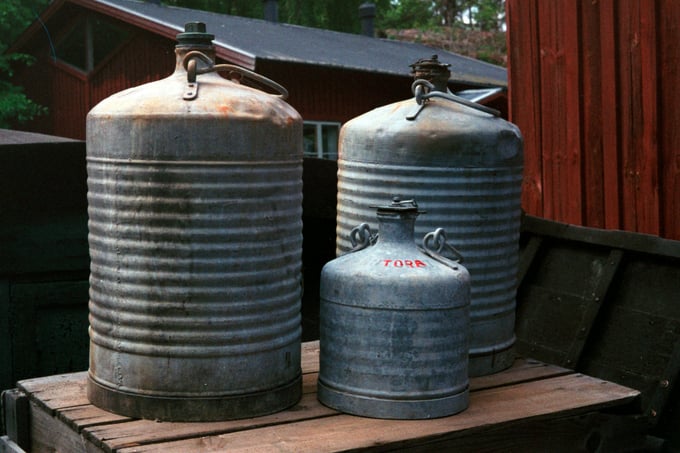
We are now in the heart of the primary season for the 2024 U.S. Presidential election. In past elections, the primaries were when the two political parties narrowed the field of candidates to determine nominations for the two top candidates that faced off in the November election.
In 2024, the primaries have become an almost moot point as the contenders in 2020 have dominated all rivals, setting the stage for a repeat of the last contest. Incumbent President Biden may be a shoo-in for the nomination by Democrats, while former President Trump has dominated other candidates. Ironically, President Biden has the lowest approval rating in decades, while former President Trump faces 91 felony counts with upcoming trials. While it looks like a Biden-Trump repeat performance in November 2024, the candidate’s advanced ages, trials, and other factors could eventually cause other candidates to receive their party’s nominations.
Meanwhile, when it comes to U.S. energy policy during the next administration, the Democrats and Republicans have clear divisions, making energy a leading topic of debate no matter who the Democrats and Republicans nominate for the highest office in the United States of America.
The Democrats will continue to address climate change
- The Biden administration has supported alternative and renewable fuel initiatives.
- The current administration favors phasing out reliance on crude oil, natural gas, and other traditional fossil fuels.
- A second term would validate a mandate for energy policies addressing climate change.
The Republicans favor U.S. energy independence
- Republicans favor a “drill-baby-drill” policy to increase U.S. crude oil output.
- They support a “frack-baby-frack” approach to increase natural gas production.
- Republican energy policy will reduce reliance on OPEC+ and other traditional international energy suppliers.
- Republicans favor making the United States the world’s traditional energy supplier.
A volatile world could cause traditional energy prices to rise before the election
- Russia cooperates with the international oil cartel OPEC, coordinating production policy with Saudi Arabia and other cartel members.
- Iran is an OPEC member.
- Wars in Ukraine and the Middle East put many cartel members and Russia at odds with the United States.
- Increasing tensions in the Persian Gulf, Straits of Hormuz, or other logistical chokepoints could cause oil prices to explode higher.
- An escalation of the war in Ukraine could cause Russia to limit natural gas exports to Western European NATO members, causing gas prices to spike higher.
- Any pickup in the Chinese economy would likely increase traditional energy demand, pushing prices higher.
- Buying could put a floor below the $70 per barrel level as the U.S. seeks to replenish its Strategic Petroleum Reserve (SPR). The U.S. SPR fell from over 600 million barrels in late 2021 to below 370 million barrels in February 2024.
ETF products that track crude oil prices
- USO tracks the price of NYMEX WTI crude oil prices higher and lower.
- BNO tracks the price of ICE Brent crude oil prices higher and lower.
- XLE and VDE are ETF products holding shares in the leading U.S. oil-related companies that tend to move higher and lower with oil prices.
- OIH is the oil services ETF product. It holds multinational companies that service the oil industry and move higher and lower with oil prices.
ETF products that track natural gas prices
- UNG is the U.S. unleveraged natural gas ETF product that rallies and falls with NYMEX natural gas prices.
- BOIL is a leveraged bullish product that seeks to deliver twice the percentage gain when natural gas prices increase.
- KOLD is a leveraged bearish product that aims to provide twice the percentage gain when natural gas prices move lower.
Expect lots of volatility in traditional energy prices over the coming months as the geopolitical landscape remains highly volatile and U.S. energy policy following the 2024 election remains uncertain.
Thanks for reading, and stay tuned for the next edition of the Tradier Rundown!